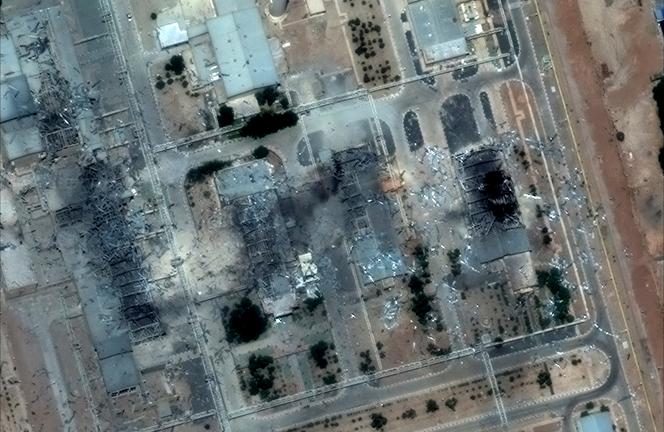


After the United States' strikes in Iran, on Sunday, June 22, one unsettling detail was unaccounted for: several vats of highly enriched uranium, at a 60% enrichment level, representing about 400 kilos of yellowish gas, stored in aluminum drums the size of domestic hot water tanks. This stockpile could very well be what remains of the core of Iran's nuclear program – its most dangerous component – after the strikes. According to initial estimates by experts, this quantity of uranium would be enough for Tehran to discreetly revive its military nuclear program and build a bomb in just a few months, should the Islamic Republic decide to do so.
Amid the triumphant mood in Israel and Washington, US Vice President JD Vance struck something akin to a discordant note when he alluded to this on Sunday: "We are going to work in the coming weeks to ensure that we do something with that fuel, and that's one of the things that we're going to have conversations with the Iranians about," he said, speaking on ABC News. On the same day, Admiral Ali Shamkhani, an adviser to Iran's supreme leader, also referred to the radioactive stockpile in a post on X. "Even if nuclear sites are destroyed, game isn't over, enriched materials, indigenous knowledge, political will remain," wrote Shamkhani, a high-ranking officer who was wounded in an Israeli strike on June 13.
You have 73.31% of this article left to read. The rest is for subscribers only.
